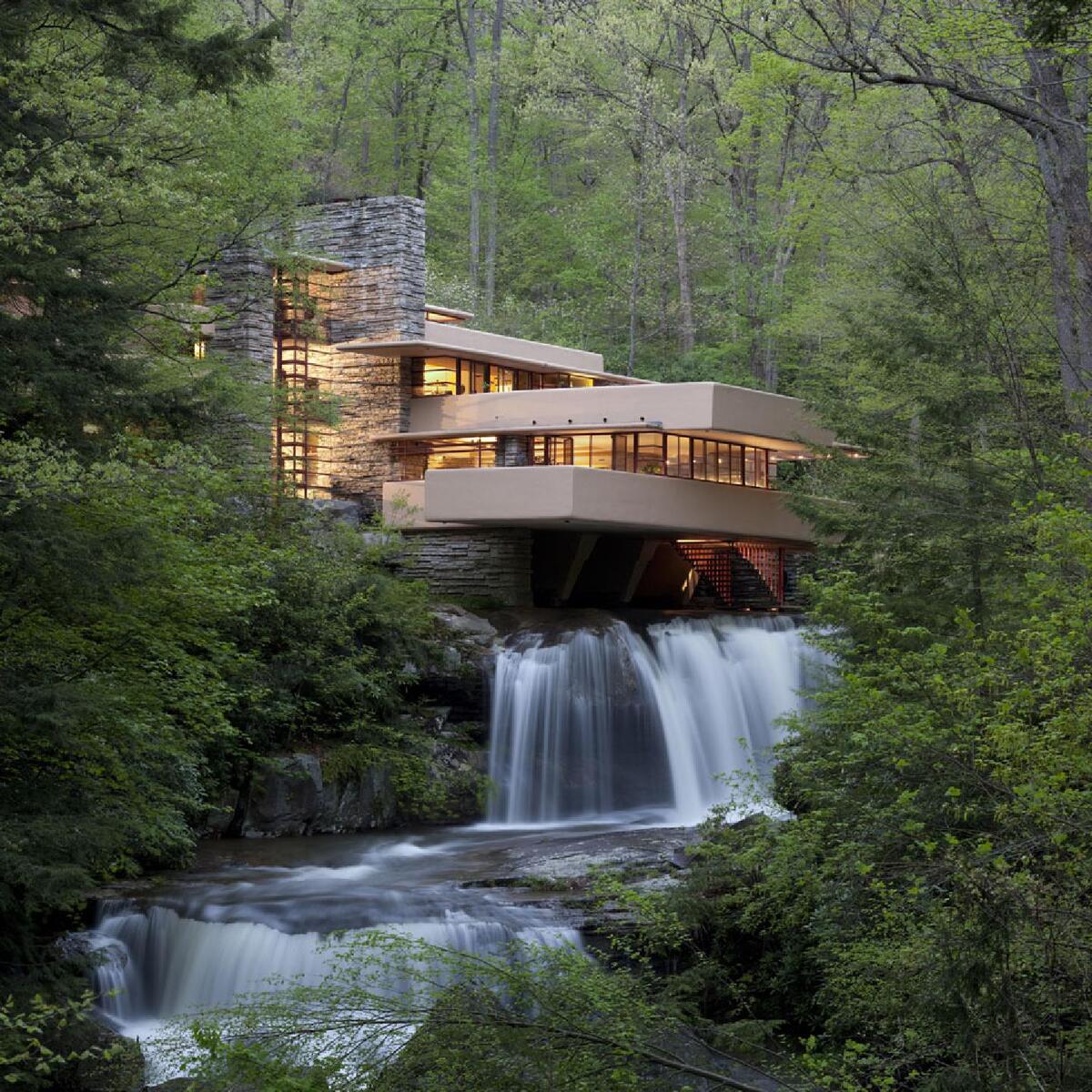
What is Organic Design?
Organic design in interiors and architecture was established by architect Frank Lloyd Wright, who believed our living and working spaces should create harmony between the people who occupy them and the nature within which they’re built. A key figure in the Arts & Crafts Movement and, according to the American Institute of Architects, “the greatest American architect of all time,” Wright was keenly interested in blurring the lines between nature and architecture. But he wasn’t the only professional set on doing so. Let’s learn more about organic design.
Contents
The characteristics of organic design
How do you decorate organic style?
The characteristics of organic design
The name “organic design” may conjure up ideas of folksy, amateurish craftsmanship and reliance on purely natural materials. But the “organic” in organic architecture and organic interior design relates more to the relationship to the surroundings within which the built environment exists. In reality, it is an incredibly sophisticated approach to architecture and interiors.
Buildings following organic design principles will be somewhat minimalistic in their form. Clean lines and curves will allow such buildings to interact fittingly with their surrounding environments. They will tend to appear muted in colour (with some exceptions, e.g., Gaudí) to complement their surrounds, and will feature simple (if sometimes inorganic) materials, such as concrete, glass, cast iron and wood.
If there is a single sentence that best summarises the principles of organic design, it is probably Frank Lloyd Wright’s assertion that, “Form follows function—that has been misunderstood. Form and function should be one, joined in a spiritual union.”
Famous organic architects
In addition to the aforementioned Frank Lloyd Wright—and his son, Frank Lloyd Wright Jr., who continued in his father’s footsteps in driving the architectural relationship between nature and society—there have been many great organic architects and designers.
Arthur Dyson
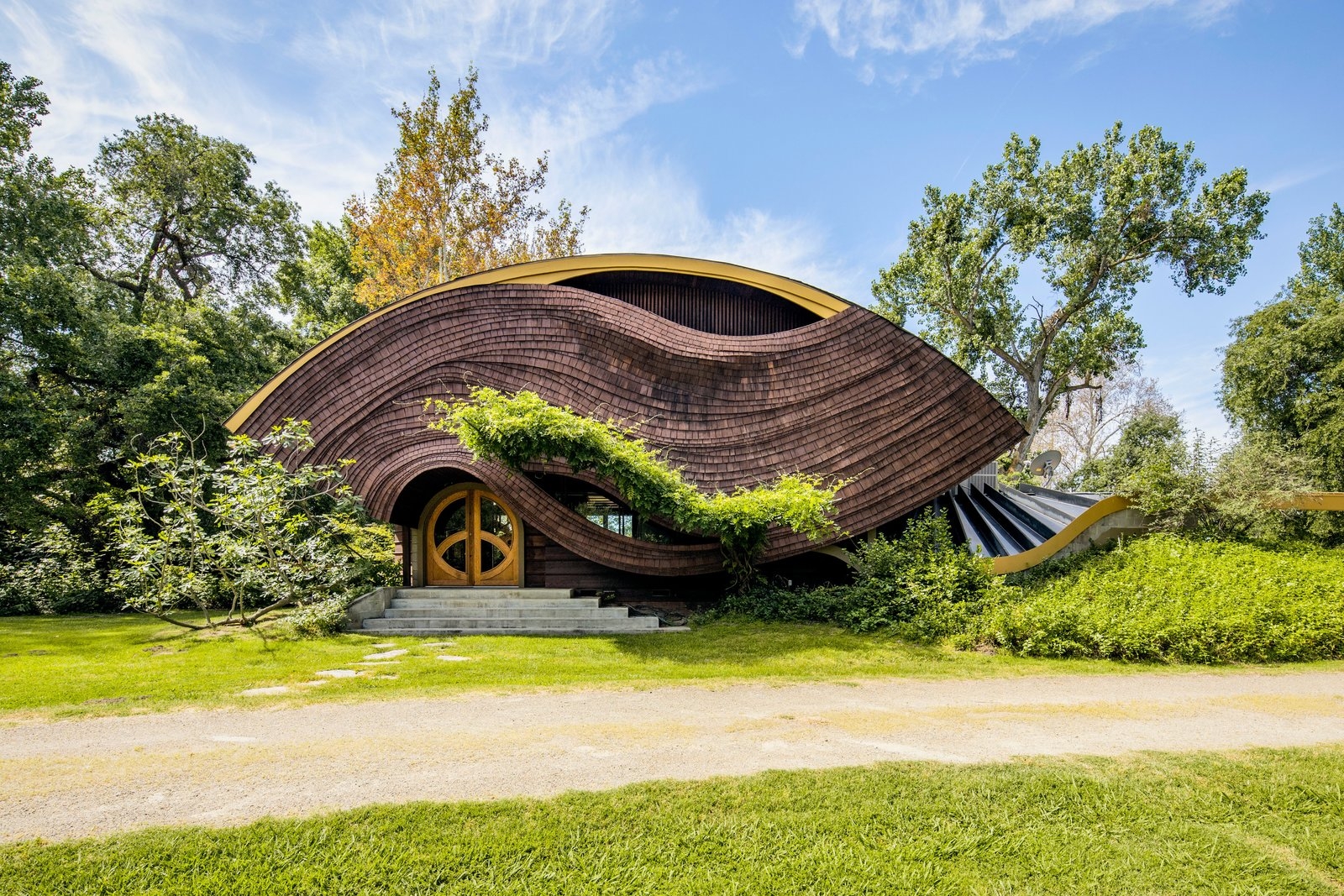
The Creek House by Arthur Dyson - Dwell
Californian architect Arthur Dyson is probably one of the best-known and most prolific organic architects. Treating the built environment as “a metaphor of the organic world”, Dyson believes that the form of buildings should reflect the external conditions of the site itself, such as climate and topography. He is probably most famous for his design of the Hilton residence in Florida (1999/2000), the curvature of which reflects the sand dunes within which the building is set.
Antoni Gaudí
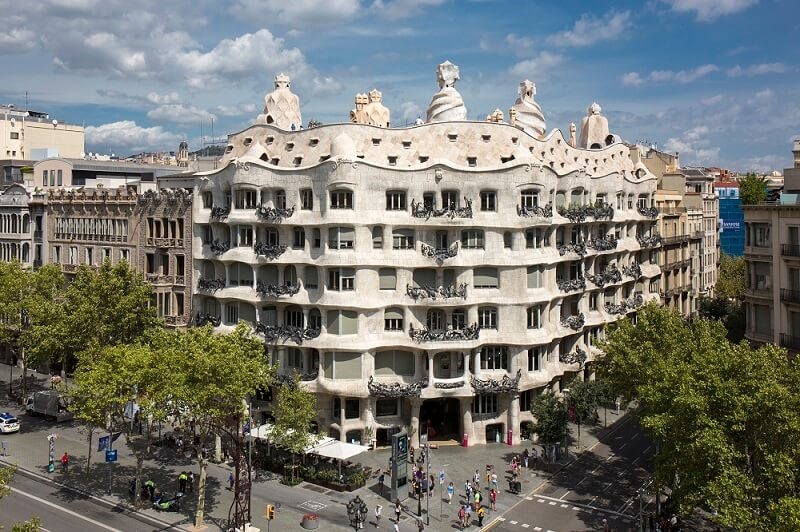
Casa Mila by Antoni Gaudi - La Pedera
One of the first architects to truly craft buildings as if they were sculptures, Spanish architect Antoni Gaudí developed a free-flowing style of architecture that mixed a seemingly wild array of colour, form, texture, and organic aesthetics. Part of the Catalan Modernista movement, Gaudí’s most famous work is the Sagrada Familia temple in Barcelona.
Bruce Goff
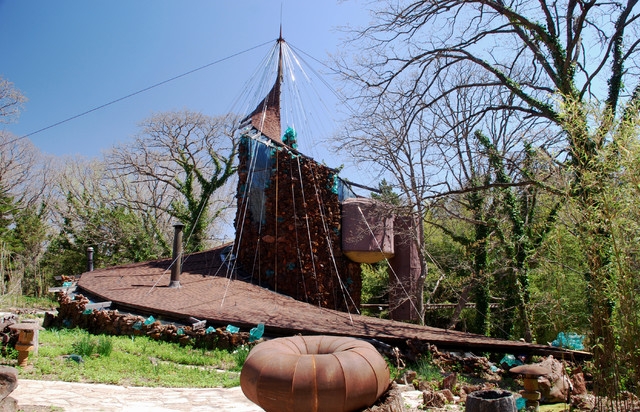
Bavinger House by Bruce Goff - Hidden Architecture
Mentor to the aforementioned Arthur Dyson and lauded as one of the only architects considered creative by Frank Lloyd Wright, Bruce Goff brought a flamboyance to organic architecture. His buildings were often without architectural precedent, following idiosyncratic forms and utilising materials rarely seen within architecture, such as cake pans, ashtrays and strips of cellophane.
Anton Alberts
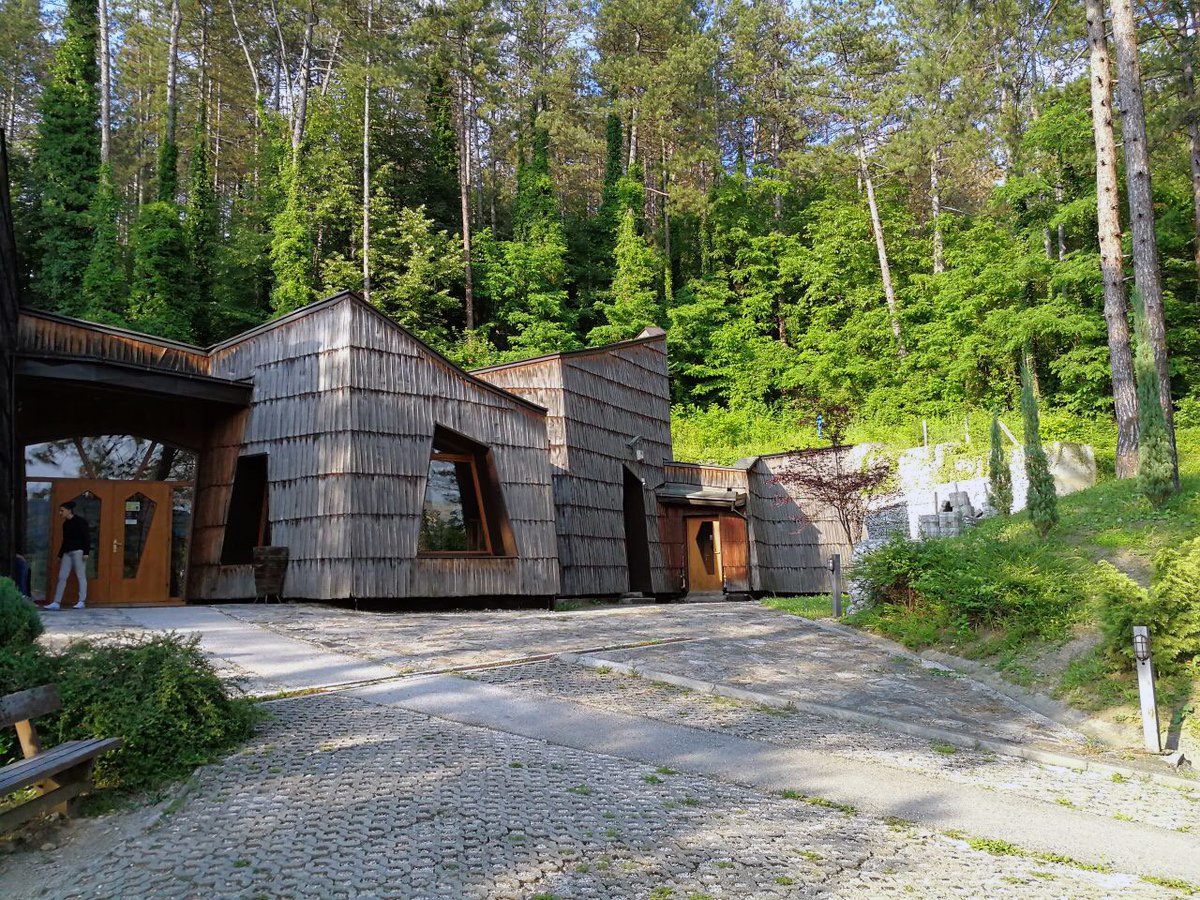
Peace Flame House by Anton Alberts - Fred Foundation
Best-known for his design of the ING Bank (1982) in Amsterdam, Anton Alberts (known as Ton) was a member of the Situationist International group of social revolutionaries. Alongside his business partner Max van Huut, he founded the Alberts and Van Huut architecture firm on the principles of organic architecture. Alberts planned to work for free on the Peace Parks project in Bosnia and Herzegovina, but died having only been able to provide sketches in 1999. Those sketches were used to build the Peace Flame House in Tuzla, Bosnia.
Chen Kuen Lee
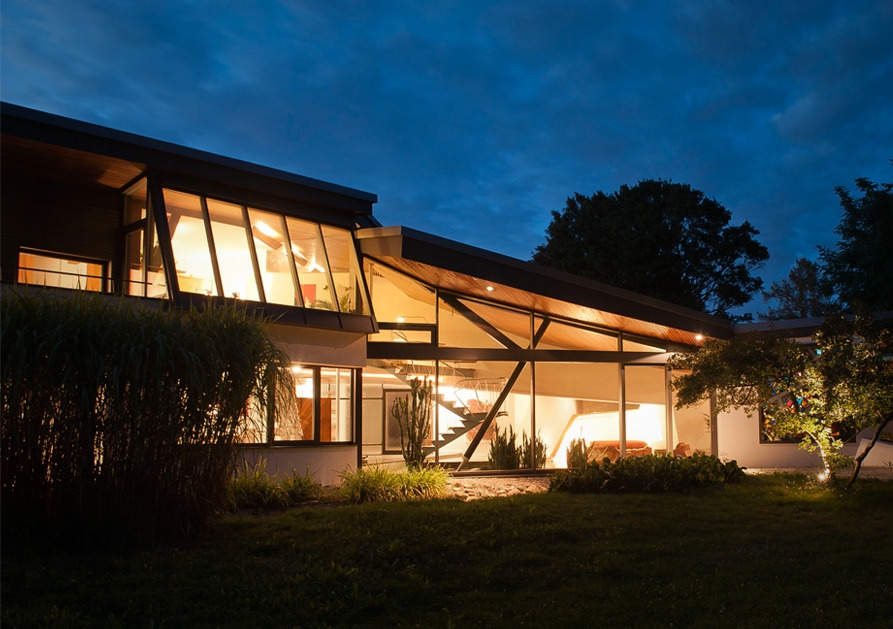
House Straub Senior by Chen Kuen Lee - Old Forgotten Houses
Born in China, but relocated to Germany aged 15 in 1931, Chen Kuen Lee was a proponent of organic architecture as expressed from the perspective of the New Objectivity (Neue Sachlichkeit). His style eschewed the Expressionism of the period, instead offering a return to a focus on the objective world, free from sentimentality. His 1956 House Straub Senior building is an excellent example of his organic style.
How do you decorate organic style?
Organic design all starts with the right house. Choose an architect known for their interplay between nature and the built environment or find a house designed in this style. (You may have to pay a pretty penny, of course.) That’s half the battle won.
Designing your interior in the organic style means choosing materials that reflect the surroundings. For instance, if you live in a hilly or mountainous area, your interior might include lots of marble or natural stone. If you live in close proximity to a forest, you should incorporate lots of wood. Or, if you live by the beach, your home might feature nods to the sea or ocean with shapes reflecting the waves.
The key is to look outside, be inspired by what you see and bring a little bit of it into your home to create that perfect sense of harmony between outside and inside.
Looking for something else to read? Check out our article on 7 Washbasin Styles for Your Bathroom.
Main Image: Fallingwater by Frank Lloyd Wright - Frank Lloyd Wright Foundation